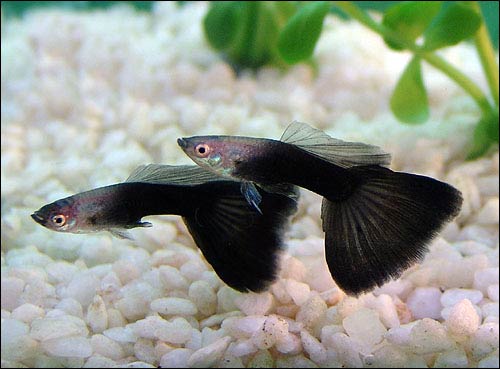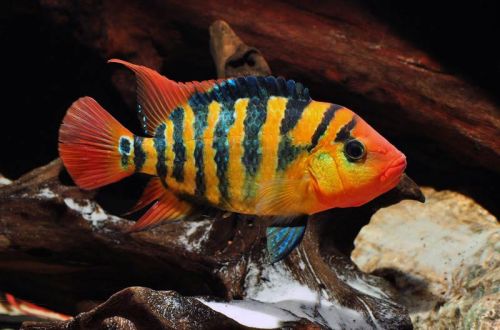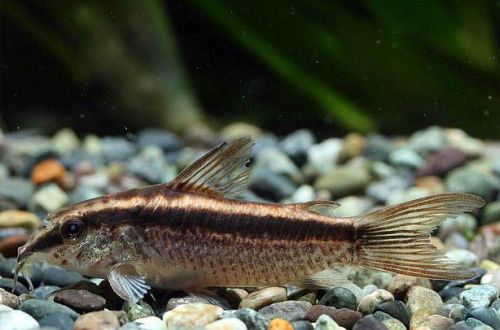
Guppy “Black Prince”
Guppy “Black Prince” or Guppy half-black, scientific name Poecilia reticulata (variety of Half Black), belongs to the Poeciliidae family. It is probably the collective name for several breeds that are characterized by a similar body color. For example, incompletely colored Black Guppies or black and white Tuxedo Guppies.

Names with the word “Prince” are colloquial and are not mentioned among professional breeders.
Brief information:
- The volume of the aquarium – from 40 liters.
- Temperature – 17-28°C
- Value pH — 7.0–8.5
- Water hardness – soft to high (10-30 dGH)
- Substrate type – any
- Lighting – moderate or bright
- Brackish water is permissible in a concentration of up to 15 g per 1 liter
- Water movement – light or moderate
- The size of the fish is 3–6 cm.
- Food – any food
- Temperament – peaceful
- Content alone, in pairs or in a group
Maintenance and care
Guppy “Black Prince” and other varieties are the result of a long selection. They do not occur in nature. Despite this, they inherited amazing adaptability and unpretentiousness from their wild relatives. They are highly adaptable to a variety of habitats, making them an excellent choice for beginner aquarists.

The fish are easy to keep and require minimal requirements for the arrangement of the aquarium. In some cases, a simple airlift filter is sufficient. A lighting system is essential for healthy plant growth. Otherwise, there will be enough light that comes from the room. A heating system will be necessary if heat-loving species live with guppies, or if the aquarium is located in a cool place where the temperature is below 20 ° C.
Of course, the conditions listed above (lack of lighting, heater) are acceptable, but not optimal.
The choice of design elements depends entirely on the aquarist’s imagination. With the simultaneous presence of a sexually mature male and female, the probability of the appearance of fry is high. In order to protect the offspring, it is desirable to provide places where they could hide from the predation of adult fish. For example, thickets of small-leaved plants, such as Riccia, Vesicularia Dubi, Hornworts, etc., can become a refuge.
Food. They accept any food that can fit in their mouth: dry flakes, granules, live or frozen brine shrimp, bloodworms, daphnia, mosquito larvae, etc.
behavior and compatibility. They differ in a peaceful disposition both in relation to each other and to other species. Compatible with fish of comparable size and temperament.





